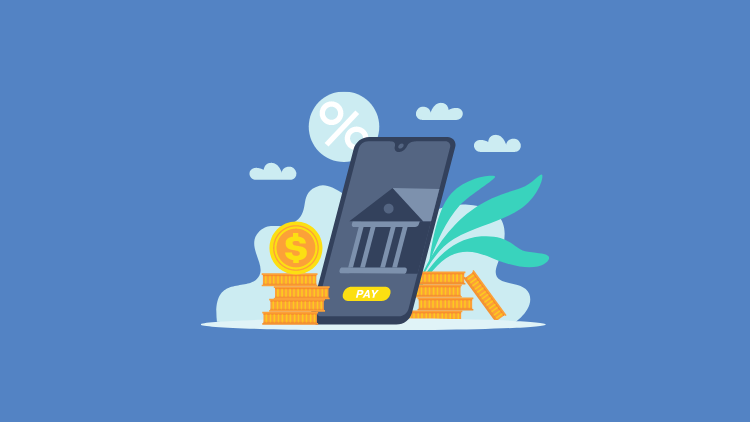4 charts
Consumers’ use of digital banks, in 4 charts
- Two-thirds of consumers have used digital banking services in the past year, such as PayPal, Venmo, Chime and others, but mostly as auxiliary services.
- While consumer preferences are evolving in favor of digital interactions and sleek user experiences, there are still trust issues involving reliability, security and customer service.








